After teaching students the routines and procedures of writing workshop at the beginning of the year, I love to jump right into a unit on personal narratives (sometimes called “small moments” stories). I think that this is such a great starting point for young writers. Kids love to tell stories about themselves and their lives, so writing personal narratives comes naturally to many of them!
If you’d like access to a FREE narrative writing resource that gives you 10 lesson plans and activities for each grade (Kindergarten, 1st grade, and 2nd grade), click here for access to that: Narrative Writing Lessons for K-2
Keep reading to find ideas, a list of mentor texts, and links to other resources for teaching narratives!
Here are some ideas that have worked well with my students:
– Spend some time teaching kids how to orally tell stories at the beginning of the unit. If students are able to tell detailed stories with a beginning, middle, and end, it will be much easier for them to get their ideas down on paper.
– When you model how to write a personal narrative for the kids, choose a real event from your own life that the kids are likely to relate to. The first story I often model writing is about a time when I was running, tripped, and fell. This always inspires my students to write their own “ouchie” stories! By presenting them with an idea that they can relate to, this will help prevent most kids from getting “stuck” when coming up with an idea for their very first story. And even though it may seem like they are just copying your idea, you can help them branch out when they write other stories in the future.
– When you ask kids to “add more details” to their stories, be very specific about the types of details that you would like them to add. Many kids won’t understand what details are unless you give them concrete examples. Writers can add more details by: breaking down what characters do into small steps (i.e. “I raced downstairs, opened the back door, ran across the yard, and looked up into the tree” instead of “I went outside and looked up into the tree.”); giving information about what the characters/setting look like; telling what characters say (through speech bubbles, or informal/formal dialogue); telling when things happened; etc.
– Teach your students that it’s okay to slightly twist or enhance real life events to make the story more interesting. Although you don’t want them writing aliens and monsters into their stories, you can encourage them to add dialogue by thinking about what someone might have said (even if they don’t remember). I wouldn’t necessarily do this with Kinders or first graders at the beginning of the year, but by mid to late first grade and second grade, most kids are able to grasp this concept.
– Personal narratives should always include how the narrator (and perhaps other characters) reacted emotionally to the events. For beginning writers, a good ending to a personal narrative includes how the narrator felt about the events in the story. In Kindergarten, you might teach a variety of feeling words to help students use more specific vocabulary to describe their reactions. If you teach first and second grade, you can teach students to show, rather than tell, their emotions. Have the kids help you come up with different examples of showing that a character is experiencing an emotion. Here’s an example of what I mean for three different emotions:
Above all, what helped my kids the most was my modeled writing. I always write several different personal narratives throughout the unit, showing the kids how to incorporate the different skills I teach them (i.e. using temporal words to show the passage of time, telling details about what characters did, using speech bubbles, etc.). Plus, the kids get such a kick out of hearing real stories from my life!
Here are some great mentor texts to help you teach personal narratives:
Fireflies (Julie Brinckloe) – personal narrative
Kitchen Dance (Maurie J. Manning) – personal narrative
Salt Hands (Picture Puffins) (Jane Chelsea Aragon) – personal narrative
Peter’s Chair (Picture Puffins) (Ezra Jack Keats) – can be used to teach personal narratives, but not told from 1st person perspective
Roller Coaster (Maria Frazee) – can be used to teach personal narratives, but not told from 1st person perspective
The Leaving Morning (Angela Johnson) – personal narrative
My Rotten Redheaded Older Brother (Patricia Polacco) – personal narrative
Bigmama’s (Donald Crews) – personal narrative
Owl Moon (Jane Yolen) – personal narrative; great for teaching descriptive details
A Chair for My Mother (Vera Williams) – personal narrative
The Relatives Came (Cynthia Rylant) – personal narrative
Shortcut (Donald Crews) – personal narrative
Thunder Cake (Patricia Polacco) – personal narrative
To read more about how to incorporate mentor texts into a writing unit, click {here}.
For more links & ideas for teaching personal narratives, click {here} to visit my “Narratives” Pinterest board!
I also have ready-to-go units on personal narratives for Kindergarten, first grade, and second grade, with complete lesson plans to make planning easy:
Happy Teaching!


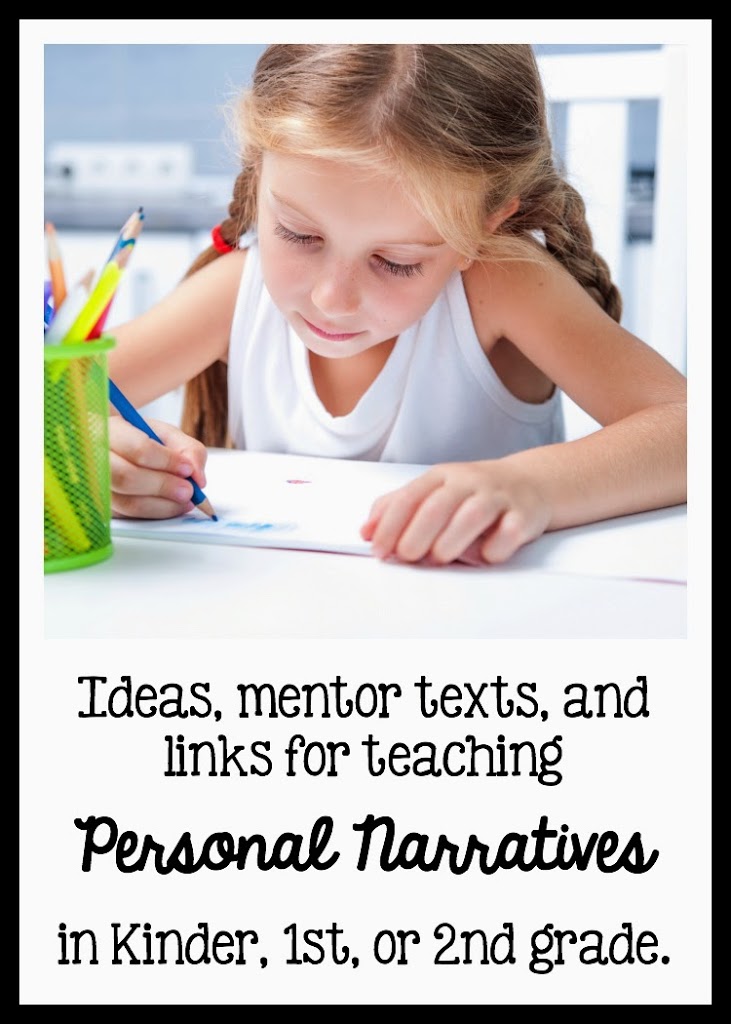
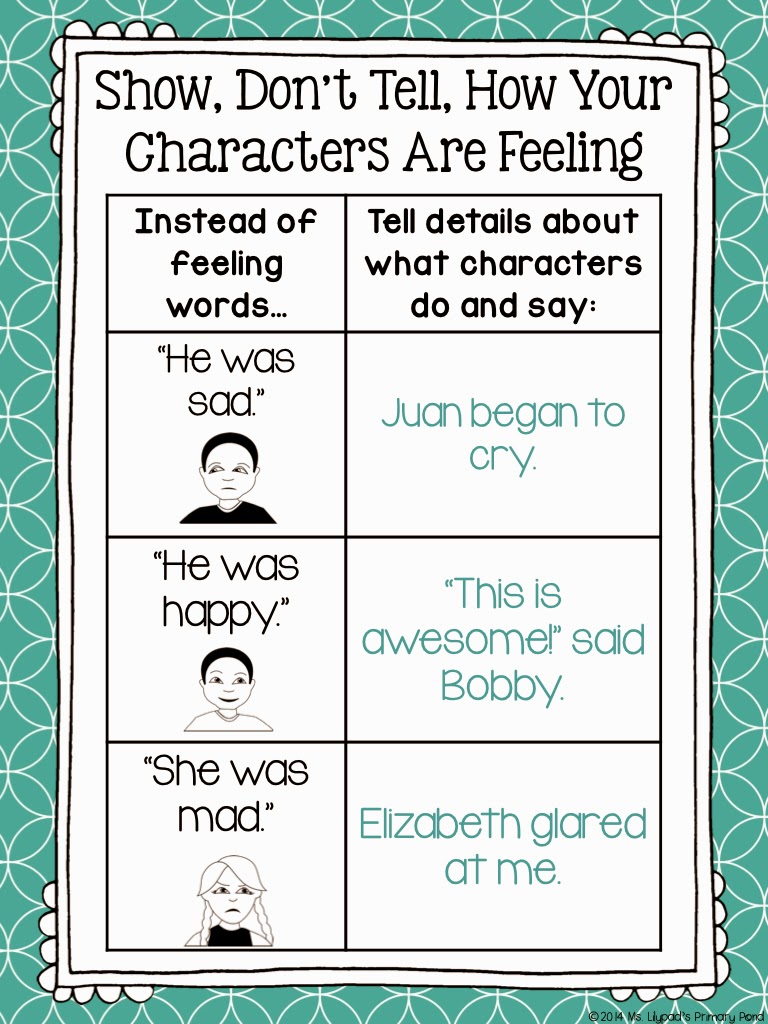
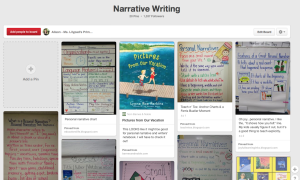
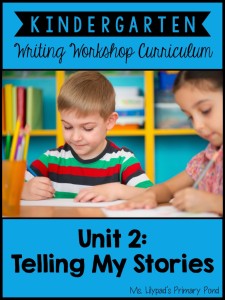


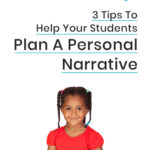
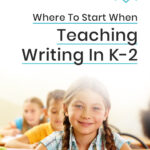
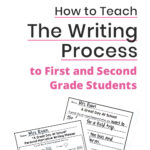
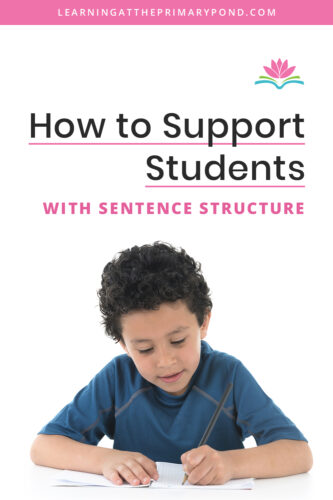

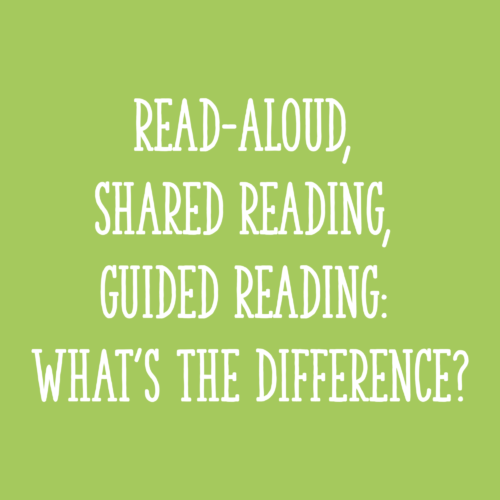






Loved it!!
I liked how you have explained- ‘add more details’…a constructive approach!!
I gave my information but never received an email with the writing information.
Hey! Sorry about that! I’ll make sure they are sent directly to your email address.